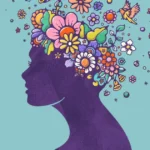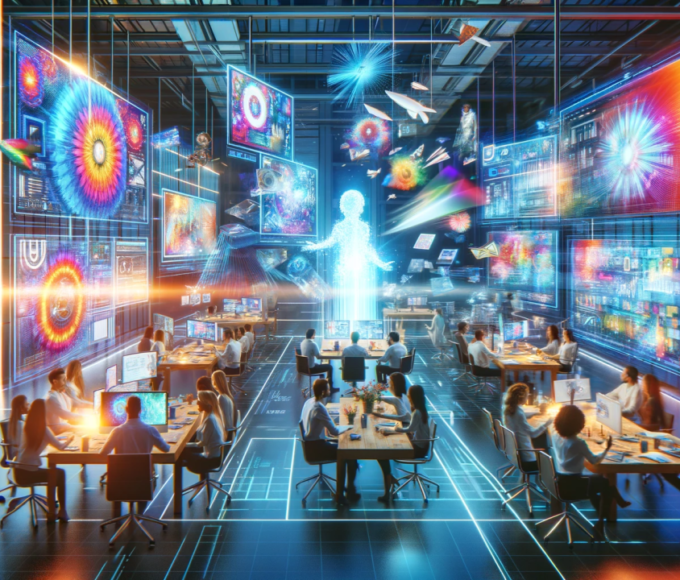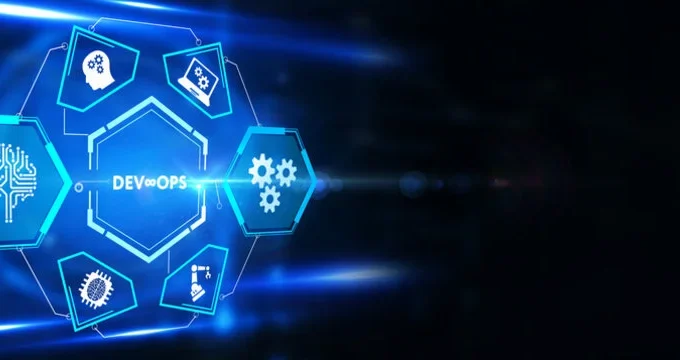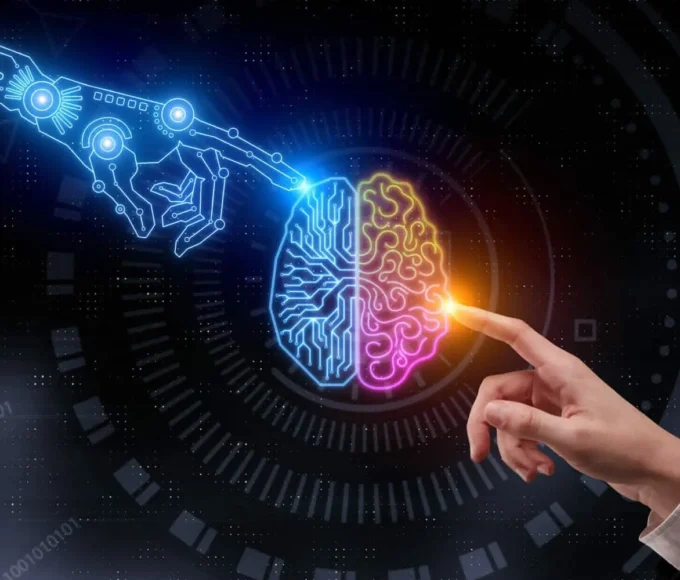Language diversity is one of India’s defining features. With over 1,600 languages spoken across the country, it’s a melting pot of cultures, traditions, and dialects. While this linguistic diversity is a source of pride, it can also be a significant barrier to effective communication, business, and education. However, in recent years, Artificial Intelligence (AI) and language translation technologies have emerged as powerful tools to bridge these language barriers in India.
India’s Linguistic Landscape
India’s linguistic diversity is a reflection of its rich cultural tapestry. The Constitution of India recognizes 22 officially recognized languages, but there are many more regional languages and dialects spoken throughout the country. Hindi, Bengali, Telugu, Marathi, and Tamil are some of the most widely spoken languages, but even within these, there are numerous regional variations.
This linguistic diversity can be both a boon and a bane. It’s a boon because it signifies the cultural richness and vibrancy of the nation. However, it can also be a bane, as it poses significant challenges for communication, education, and business interactions.
The Role of AI in Language Translation
Artificial Intelligence has rapidly transformed the field of language translation. AI-driven translation tools and applications have made it easier to break down language barriers. These tools utilize machine learning algorithms, neural networks, and natural language processing to provide highly accurate and contextually relevant translations.
In India, these AI language translation tools have had a profound impact in various sectors:
Education: Language barriers have often been a hindrance to education in India. AI-driven translation tools can translate educational content into various regional languages, making it more accessible to students who are not proficient in the medium of instruction. This opens up opportunities for learners in remote areas to access quality education.
Business and Commerce: India’s diverse linguistic landscape can be a challenge for businesses trying to expand their reach. AI-powered translation services enable companies to create marketing content, customer support, and product information in multiple languages. This not only broadens their customer base but also enhances the user experience.
Government Services: Governments at various levels can use AI language translation to reach a wider audience and ensure that important information, such as public health alerts or government schemes, is accessible to all citizens, regardless of their language preferences.
Tourism: India is a popular tourist destination, but language barriers can sometimes deter travellers. AI translation apps can help tourists navigate the country, communicate with locals, and understand important information in their language, making their experience more enjoyable and enriching.
Challenges and Considerations
While AI language translation has made significant strides in bridging language barriers in India, there are challenges and considerations that need to be addressed:
Accuracy and Context: AI translations are not always perfect and may lack the nuance and cultural context that human translators can provide. Efforts should be made to improve accuracy and relevance.
Access to Technology: Not everyone in India has access to the latest technology, including smartphones with translation apps. Bridging the digital divide is crucial to ensuring that language translation benefits all segments of the population.
Preservation of Languages: While AI translation is essential for communication, it should not lead to the neglect of regional languages and dialects. Efforts must be made to preserve and promote linguistic diversity.
Privacy and Security: AI language translation tools often require data, which raises concerns about privacy and data security. It’s essential to implement safeguards to protect user data.
The Future of AI and Language Translation in India
AI language translation is an invaluable tool for breaking down language barriers in India, and its potential is far from fully realized. As AI technology continues to advance, we can expect even more accurate and contextually relevant translations. Additionally, as India’s digital infrastructure improves, the accessibility of these tools will increase, making them available to a more extensive portion of the population.
AI and language translation are playing a vital role in bridging language barriers in India, fostering better communication, education, business, and cultural exchange.
With continued investment in AI research and development, alongside efforts to preserve linguistic diversity, India can harness the full potential of these technologies to create a more inclusive and connected society.
















Leave a comment